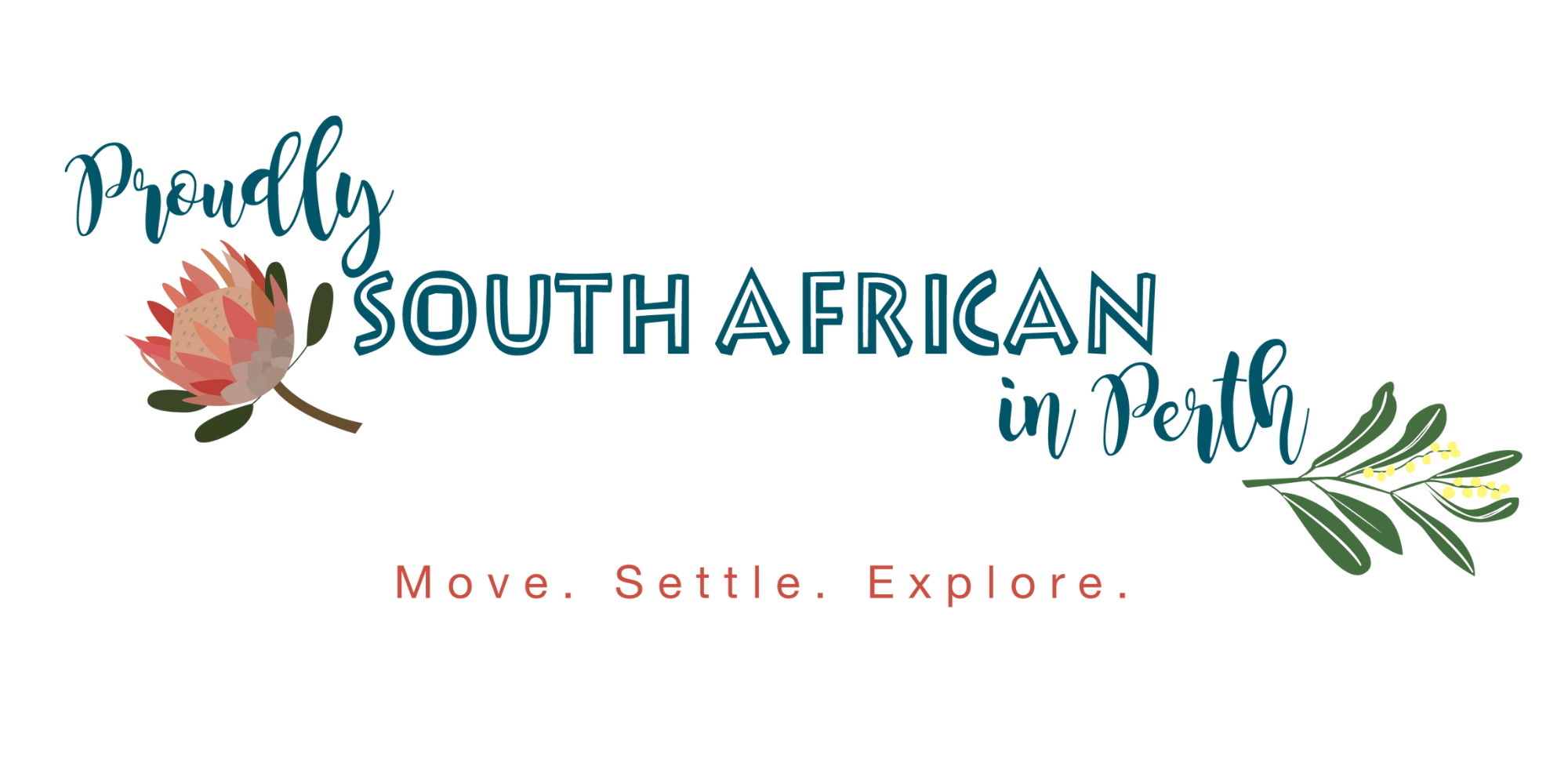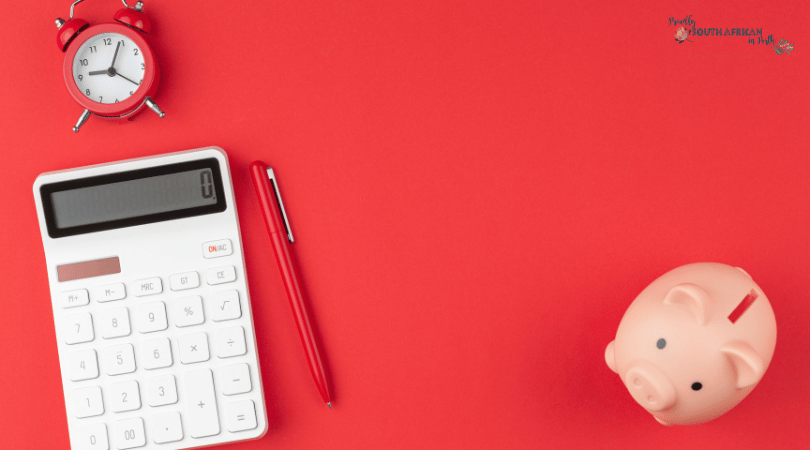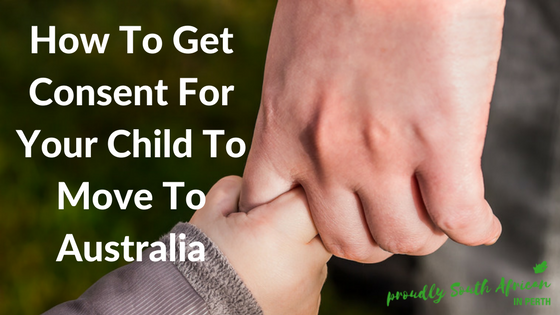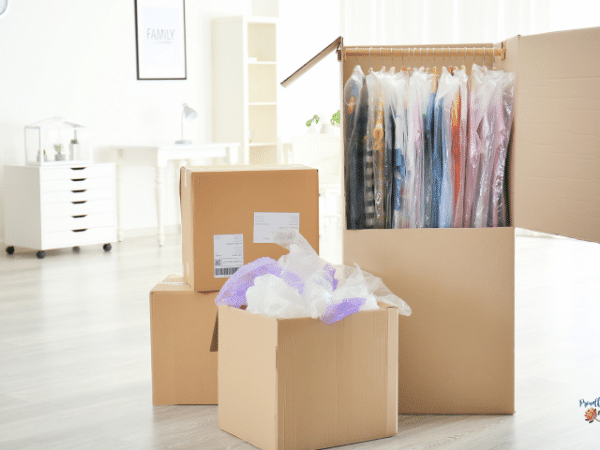Are you wondering how to work out your cost of living in Australia? Then this is the blog post for you!
One of the most common questions I see online from people looking at moving to Australia is about the cost of living in Australia. And more often than not, it goes something like this:
“Is a salary of (insert figure here) enough to survive for a family of (insert number here)?”
I mean, how many times have you seen a post like that on a Facebook group for people moving to Australia? If you’re like me, countless times!
And the biggest problem with this question is that EVERYONE will tell you something different.
“Yes that’s plenty and more than we earned when we moved here in 19voetsak.”
“No way, that’s never going to be enough. You will struggle big time.”
“It might be a squeeze but if you are good at budgeting, you’ll be fine.”
So what are you supposed to think when you wonder if the offered salary is going to be enough to survive, live comfortably on, or thrive, when you get mixed answers like this? Because there is a big difference between surviving and thriving, not only in Australia, but wherever you call home.
Seeing this question asked almost daily across the emigration Facebook groups inspired me to design the cost of living in Australia calculator. This handy cost of living tool gives you the chance to work out exactly what your lifestyle could cost you in Australia, and when compared with your potential earnings or offered salary, you can actually answer your own question of whether it will be enough to live on when you make the move to Australia.
But how do you actually work out what your cost of living will be before you move?
How To Work Out Your Cost Of Living In Australia
Thanks to the internet, shopping websites and comparison sites, it’s actually pretty simple – it just requires a bit of effort to search for your costs online and get an idea on what might be relevant costs for your family.
Let’s take a look at the main cost of living expenses you’ll need to meet and how to work out your cost of living in Australia.

Groceries
Working out your weekly food, toiletry and cleaning product expenses is probably the easiest one to start with.
With the advent of online shopping, you can easily create an account with the major supermarket sites in Australia (Coles & Woolworths), and create a virtual shopping trolley with all the things you usually buy for your family.
This gives you a pretty accurate figure to base your weekly or monthly shopping on.
We buy our most of our food, toiletries and cleaning supplies on a weekly basis from Coles, and I get a few bits at Woolworths and a local bakery. We used to spend about $150 per week for our family of 3, but now its more like $170-180 per week. This is cheap compared to some families though, as I have a very fussy Mr 13 who doesn’t eat that much, and we don’t eat red meat at home which does keep our weekly food shop lower than a lot of other families.
Gas, Water & Electricity
Slightly more tricky but doable is how to work out your monthly utilities. Many people guesstimate this based on what they pay now and just convert from your current currency to Australian dollars. But the issue here is that the rate per unit or daily connection fee may be different.
So if you want to get more accurate costs, get copies of your latest water, electricity and gas bills, look at how many units per month you’re using, and then what the price per unit is. Then look at websites in Australia for local gas, water and electricity companies (these differ from state to state), and see what they are charging for daily connection fees and costs per unit. Then you can compare what you’re using now, to what it would cost to use the same amount of gas, water or electricity in Australia.
Note – if renting, you generally only pay for water usage, for most families this is not a lot at all if you don’t have a pool or use excessive amounts of water. You do not normally pay the water rates or sewerage rates which is the most costly part of the bill. Read more about paying rates and utilities when renting in WA here and check rules if moving to a different state.
Our electricity bill has decreased significantly since we installed solar panels, so if you’re looking to rent or buy, a house with solar panels will be well-worth it!
Rent & Mortgage & Loan Repayments
Another fairly simple cost to work out is rent and mortgage costs. Most people rent on arrival, and if you’re lucky enough to have a job lined up, you’ll know what sort of budget you can safely estimate for rent. The general rule of thumb is to aim for rent of no more than 30% of your salary. Based on that, you can then work out a weekly rent that won’t break the bank.
Or if you have your heart set on certain areas, you can check rental listings on sites like Real Estate so you know what prices properties are currently going for to see if that aligns with your earnings and budget.
For mortgages, all the major banks have mortgage repayment calculators based on their current fixed and variable rates. So that makes it simple to look up what houses are selling for in your desired suburbs, then entering a purchase price on these repayment calculators to see if you can afford to buy there.
Similarly, if getting a loan to purchase something big like a car, all the major lenders have repayment calculators you can use to work out your monthly or weekly repayments on different loan amounts over different terms. A good place to start are the comparison sites or directly on bank websites such as Commonwealth, NAB and Westpac.
When we have taken out car loans in Australia, we’ve aimed to get the lowest interest rate over a 5 year term and then make additional repayments if the loan allows this without penalty. This allows you to have a cheaper minimum repayment with the flexibility of allowing you to pay it off sooner. Do check if there are early repayment charges though so you don’t get stung unexpectedly when you finish paying it off.
Insurances
There are so many types of insurances needed these days – health insurance, car insurance, life insurance, and home and contents insurance to name a few.
The easiest way to work out the cost of your potential insurances is to use price comparison sites such as Finder, Canstar, iSelect and Compare The Market. Of course you can go directly to specific insurance company websites but this will be more time consuming and some won’t give you a quote unless you enter all your personal information which you might not be ready to hand over just yet.
Using these sites, you can enter your family makeup, requirements for cover that suit your family and assets, and get an idea of what annual insurance costs might be for any insurances you would look to take out in Australia.
Phones & Internet
While many people choose not to have a home phone, we’ve all got mobile phones and home internet plans. There are heaps of companies offering phone and internet plans in Australia, again this can vary from state to state but some of the bigger companies are Telstra, Vodafone and Optus.
It’s easy to review their website and current plan offerings to get an idea of what monthly phone plans and internet might cost you, and the costs don’t vary that wildly between them to be honest.
Obviously the more people in your household, the more internet data and phone plans you might require, especially if you have teens or pre-teens! If you need multiple mobile plans, getting family package might work out cheaper. Of course there are also cheaper pay as you go phone plans where you can just top up each month.
My husband and I have contracts so pay a set amount each month for our phones and plans, but we have a simple pay as you go monthly sim with Woolworths for Mr 13 (eek, we have a teen in the house now!) which is just $20 a month for 10GB data and unlimited calls and texts, but obviously no fancy new phone for him unless we upgrade ours!
Rates
Rates are payable for home owners only – so if you rent, this is not a cost you need to budget for! Rates vary from council to council and there is no easy way to work this out, but if you’re looking at buying a property, the estate agent or current home owner should be able to tell you what the current rates are for the property so it’s not a shock when you get that first bill.
A little tip from me – if you pay council rates for your home, did you know you can make regular or random payments to your account throughout the year? That way, when the bill comes in August for the new financial year, you may have already paid it all off! We make payments each month which covers our full payment over the year. The first few years we paid rates I didn’t know this and it was always painful making that annual payment of around $2000!
Lifestyle Costs
Now this is where working out your cost of living in Australia gets a little greyer. Because we all have such different interests, hobbies and lifestyle expectations, no two cost of livings will ever be exactly the same.
Do you have pets to feed and look after, children at full-time school, children in day care, sports you love, hobbies you partake in, things you love to do like eat out, go to the movies, or attend live sporting events? All of these cost wildly different amounts, but they are able to be estimated with a little online research and effort from you.
The simplest thing to do is search online for the kind of things you need to estimate costs for and see what prices come up for the state or city you’re moving to.
So for example, if you’re moving to Perth and your family like to go to movies once a month, search for cinemas in Perth, see what current ticket prices are and what they’re charging for snacks, and then you’ll know what to budget per month for a trip to the cinema for your family.
If you’re moving to Sydney, and your family loves going out for burgers once a week, search for best burgers in Sydney, check out what restaurants come up, and take a look through their menu to see what a meal there for your family might cost.
If you’re moving to Brisbane and love to play hockey, search for hockey clubs in Brisbane, see what member fees might cost you and then add that cost to your cost of living calculator.
If you’re moving to Melbourne and your kids are into playing cricket, look for junior cricket clubs in Melbourne to find their annual membership costs. If you want to take it to the next level, look for cricket shops and what prices cricket gear might cost you each season for a new set of pads, shoes, helmet, bat etc. so you can really budget for all potential sporting costs for the season.
If you have pets, search for costs on pet websites such as Pet Circle for things like food, wormers, toys, and bedding to estimate your regular costs for caring for your pet. Some vets also have basic costs on their websites for things like vaccinations and routine visits which can help you budget for annual trips to the vet.
If you’ve got kids in full-time school and are looking at public vs private school costs, you can search for schools in the city or area you’re moving to and see what their fee schedule is. Most schools have their fees available online for each new year, and some will give an indication of what uniforms and book lists may cost per year as well.
This is probably the most time consuming part of working out your potential Australian cost of living but it can be well-worth the effort to get peace of mind knowing what your lifestyle expectations may cost you. This is also the most flexible part of your budget as well, as these costs are not essentials but nice-to-haves for most people.
Work Out Your Cost Of Living In Australia With My Cost of Living In Australia Calculator
Now for the fun part – if you’re prepared to put the work in, I’ve developed a tool that will automatically calculate your income vs expenses in Australia (or wherever you live in the world!).
My cost of living calculator is designed to work out your weekly, monthly and annual expenses vs your income so you can know exactly what you’ll have left at the end of each week, month or year once you’ve paid all your bills and expenses.
I spent hours researching the costs of living in Australia before we moved here back in 2013 (which was almost prehistoric compared to the internet of today!), but even with all my online research, there were still unexpected costs after we arrived and settled into our new lives.
As a total spreadsheet nerd (seriously I have one for everything!), I found that the easiest way to see how much your life in Australia might cost is with Excel. By using this spreadsheet I developed, you’ll get crystal clear on how much money you actually need to survive or thrive in Australia.
Also included are links to external resources that will help you work out exactly what your costs for your family and lifestyle might be – from health insurance premiums, to pet food, mobile phone costs, groceries and everything else you can think of!
No matter where you are heading in Australia, or considering living, this calculator can help you work out if you can really afford to live there!
Find out more about the cost of living in Australia calculator and buy it now here.

I hope you’ve found this post about how to work out your cost of living in Australia useful – and hope you’ll find the cost of living calculator even more useful.






No Comments